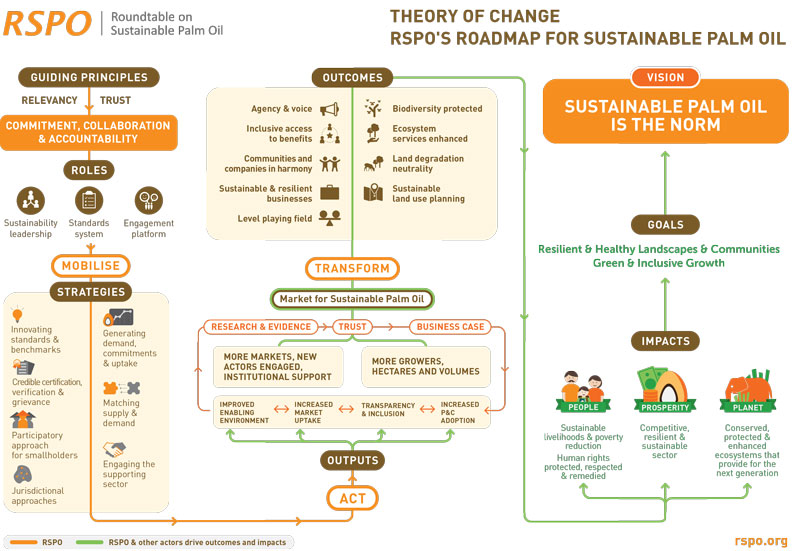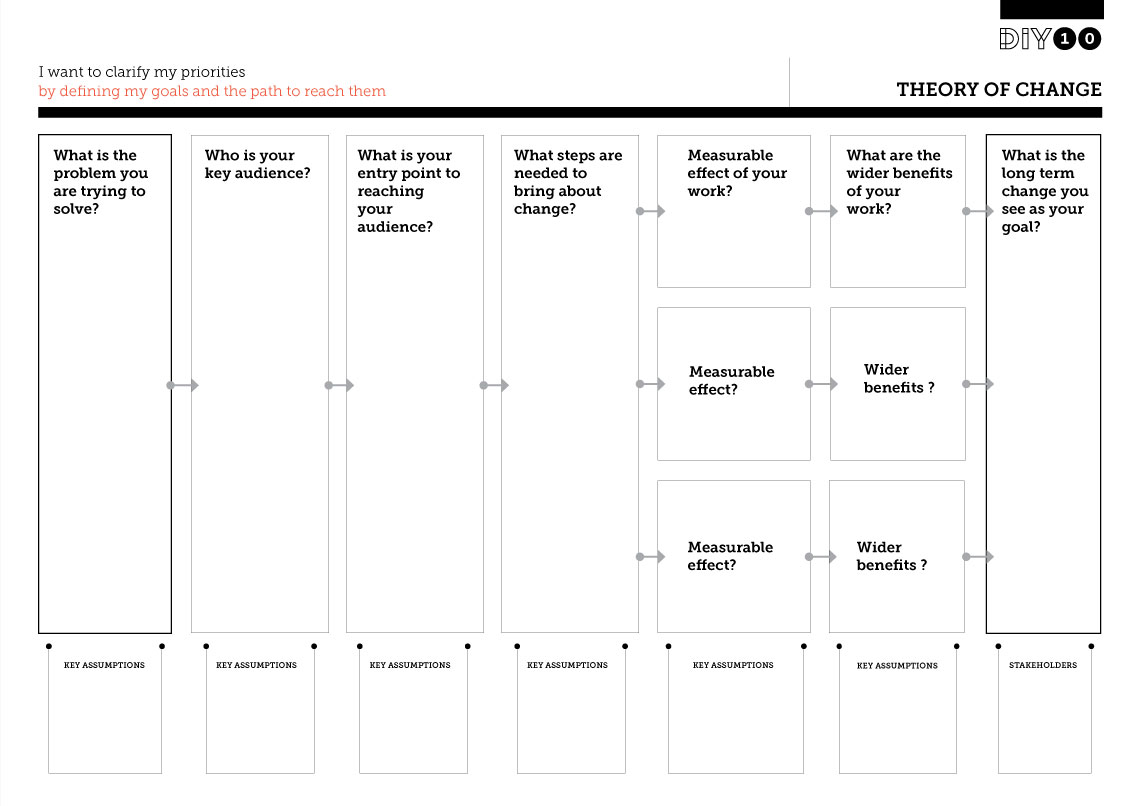What is the theory of change? How useful is this methodology in impact planning and evaluation? What are the benefits and stages of the theory of change?
Simple Definition Of What Is The Theory Of Change
Change represents the change, i.e., the alteration an organization wishes to make in the world. The theory stands for the process that will allow the change to happen. The ultimate goal of the theory of change is to help an organization better understand what it is trying to achieve via meticulous planning and evaluation.
An Overview On What The Theory Of Change Is
In other words, the theory of change is a methodology based on a diagram with multiple actions that will lead to specific changes. Individuals or organizations create a strategic plan with the multiple changes that need to take place and the structured actions that will lead towards these changes/goals. By doing so, they will be able to close the gap (because goals are often complex or there are multiple solutions for them) that often exists between their goals and the actions needed to successfully achieve them.
In the end, the definition of the theory of change is that it is an effective tool to help individuals and organizations better articulate the connection among their actions and their mission/vision via intermediate steps that result in outcomes.
How To Do The Theory Of Change Diagram
- 1. Define your (organization’s) mission and vision, which represent your (organization’s) long-term goals;
- 2. Define what problem you are trying to solve
- 3. Establish who your key audience, who gets directly impacted by your goals, is;
- 4. Clarify what is your entry point to reaching out your key audience;
- 5. Define what steps/resources (the outputs) are needed to sparkle change;
- 6. Determine what is the measurable effect of each of the steps you defined on the previous stage (intermediate outcomes);
- 7. Define what is the wider benefit of the measurable effect listed before (the outcomes):
- 8. Make sure your outcomes are perfectly aligned with the long-term goals you first defined, which should be the case if the whole diagram is clearly interconnected in a cause-effect logic;
- 9. Make sure you note down the key assumptions and guiding principles so that if/when they change, you can more easily adjust your diagram.
Example Of The Theory Of Change Diagram

Example Of The Theory Of Change Template

Benefits Of The Theory of Change
- The theory of change helps organizations or individuals define their intended outcomes and the relationship between them;
- Helping to identify the “why” and “how” of organizations or entrepreneurs is also an advantage of the theory of change;
- The theory of change helps to create a framework for organizational change, strategic planning or the development of programs and particular initiatives;
- Thanks to the theory of change organizations/entrepreneurs are able to communicate and engage more effectively their stakeholders.
[Image credits to Shutterstock on way]